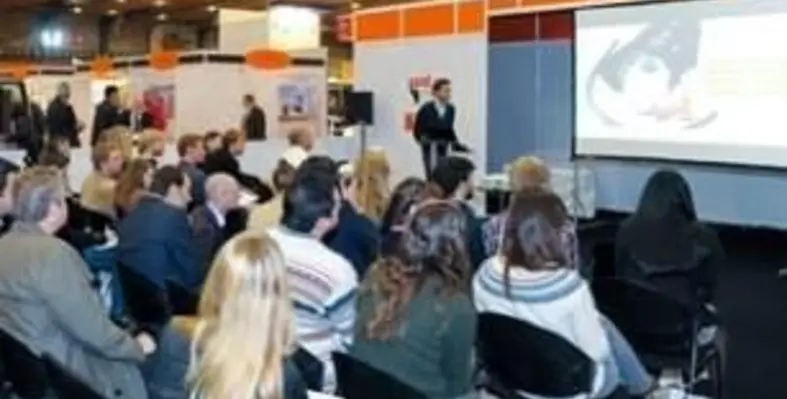The conferences at AidEx 2014, sponsored by Ebury, offered several insights into innovative products and practices in the aid and development community
One seminar at AidEx focussed on innovative solutions – services and support, training systems and government services, and information management systems – to optimise aid logistics.
Lowering the cost of logistics
Boeing’s EMEA sales director Tim Sharp asked what lessons can be learned from the defence space to benefit aid agencies, using simple technology to achieve better results. Sharp spoke of using software called GOLDesp, which helps to lower direct and indirect costs by lowering inventory and storage, and understanding what was opaque and what was transparent in operational processes. GOLDesp, which is used by commercial carriers, assesses transport networks across all modes, develops least-cost logistics plans and supports network change modelling. Notably, it supports planning for atypical scenarios.
GOLDesp also supports tagging, and uses advanced software agents to plan and track commodities using a terminal manager. It also incorporates load planning, again using software agents.
GPS tracking is key to successful and extensive use of GOLDesp for tracking commodities, using registration and alerts, and even geofencing.
Perhaps the most notable aspect of GOLDesp is that its use and benefits have been established by industries as diverse as oil and gas and postal services. It is already well-integrated in national transport and logistics infrastructures globally.
Intelligent transport design
Dr Muna Hamdi, managing director of the iMFV Collaboration Group in the Arab region, spoke of the progress made in delivering truly intelligent integrated transport systems. Hr concerns are wide-ranging, addressing any aspect of transportation from the design of a train station, or the design of a bus, from pollution level to the impact of smart infrastructure of social fabric. The key is integrate transport into the design of a city, town or village, accommodating emerging market variances in living standards and economic requirements - modelling new systems in new cities with competing demands on public and private expenditure.
Dr Hamdi stressed, during her presentation, that a key question she asks of any transport infrastructure project is where money should be most wisely invested. She used her experience of mobility in the West Bank of Palestine, where finance is a premium issue, to Nigeria’s commercial hub, Lagos, where finance is available and the need now is for planning for future development. Dr Hamdi told participants at AidEx that flexible, replicable solutions are critical. She said that infrastructure, development and maintenance should be local and low-cost, and that there must be clear revenue streams for stakeholders and clear benefits to people on the ground, for transport infrastructure to be truly smart.





